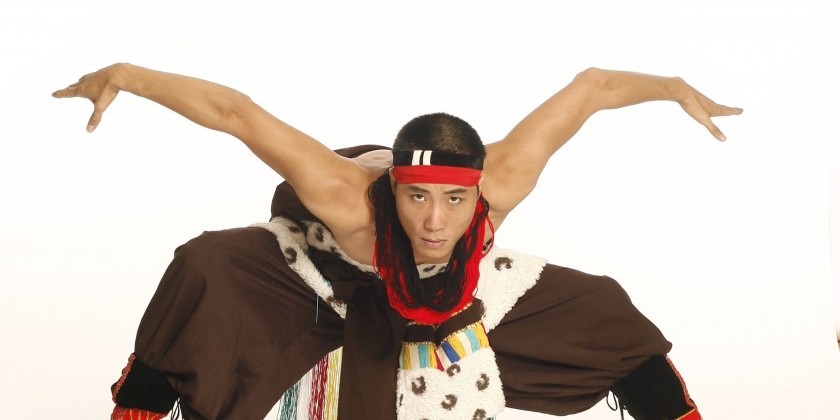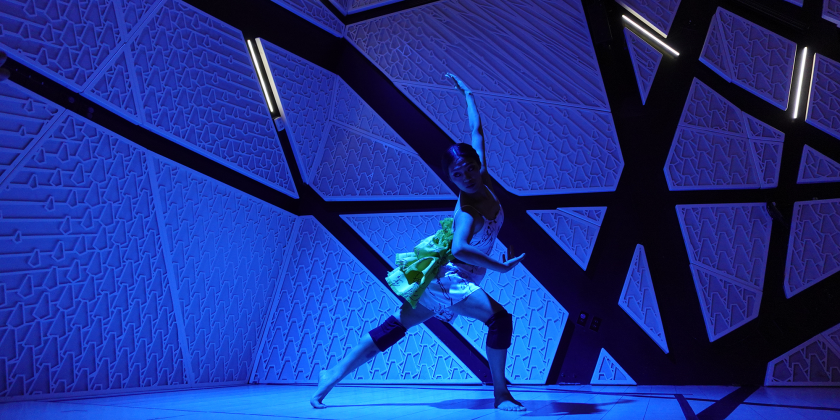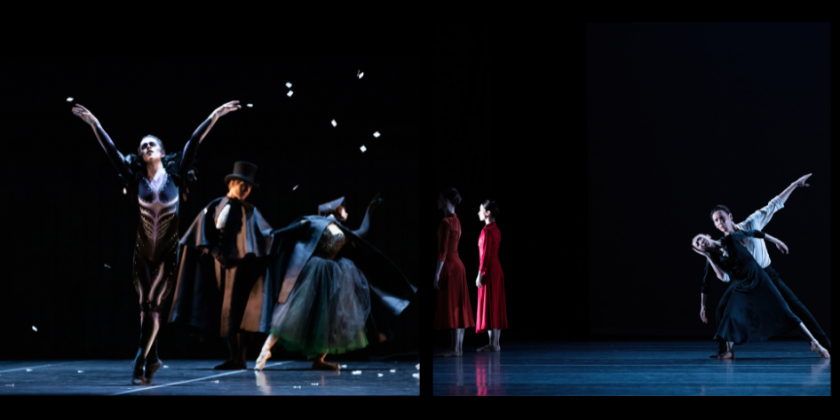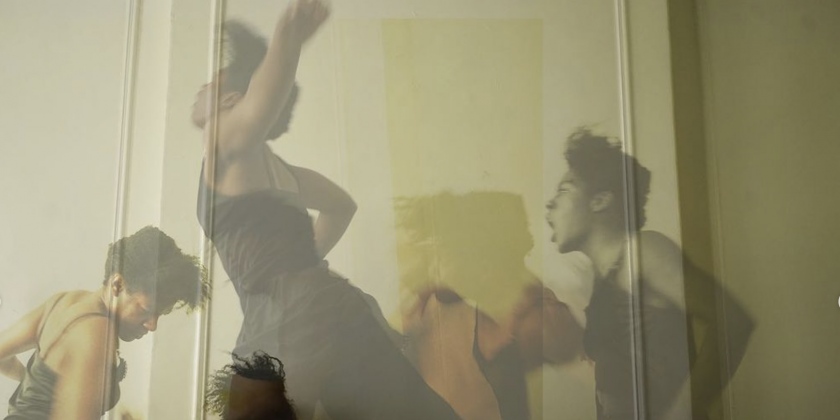IMPRESSIONS: Nai-Ni Chen Dance Company and the Asian American Arts Alliance Present the Third Annual AAPI Dance Festival
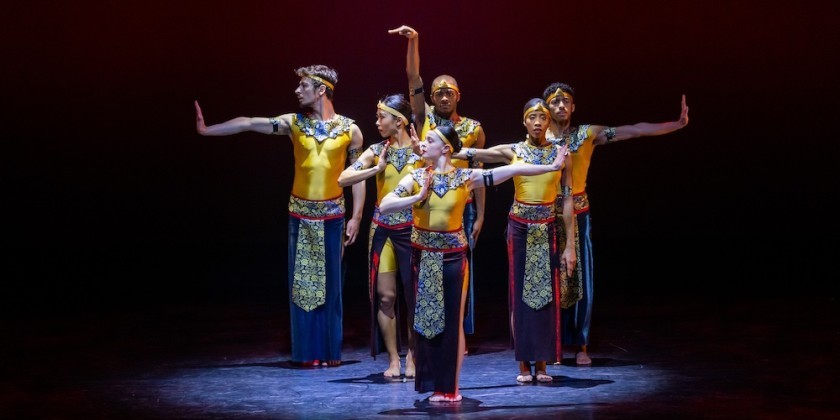
Dances by the Nai-Ni Chen Dance Company, Khambatta Dance Company, Keerati Jinakunwiphat, and Jiemin Yang
AAPI Dance Festival at APAP Day 1
Venue: Ailey Studios
Date: Saturday January 15, 2024
Khambatta Dance Company: Choreography: Cyrus Khambatta with the dancers // Dancers: Nathan Cook, Marte Osiris Madera, Kaitlyn Nguyen, Leah Russell, Mary Sigward and Emily Walters
Keerati Jinakunwiphat and collaborators: Choreography: Keerati Jinakunwiphat // Dancers: Quaba Ernest, Juan Carlos Franquiz II, Amari Frazier, Paul Giarratano, Leo Hishikawa, Claude Johnson, and Kevin Pajarillaga
Jiemin Yang and collaborators: Choreography: Jiemin Yang in collaboration with the dancers // Dancers: Kathy Chen, Shan Y. Chuang, Maya Lam, Angie Lu, Tsubasa Nishioka, Mayu Yamashita // Special thanks to all interviewees who participated in the research of this project
Nai-Ni Chen Dance Company: Presenting classic works, Choreography: Nai-Ni Chen // Dancers: Rio Kikuchi, Candace Jarvis, Esteban Santamaria, Shota Sekiguchi, Sarah Botero, Greta Campo, Alexzander Larson, Caleb Baker, KiKi Yuchin Tseng, Ke'ala O'Connell
This January, as part of the annual APAP conference, the Asian American Arts Alliance (A4) hosted its third annual AAPI Dance Festival at The Ailey Studios Theater. The weekend featured two mixed bills by Asian-American/Pacific Islander choreographers with their collaborators and dancers. I attended the first evening, featuring work by Nai-Ni Chen Dance Company, Jiemin Yang, Keerati Jinakunwiphat, and Khambatta Dance Company.

Hosting the program within Alvin Ailey Studios, a Black-founded dance organization, felt symbolic of the solidarity between Black American and Asian Americans not only throughout American history (remembering Malcolm X and Yuri Kochiyama's powerful friendship), but also in recent years with the rise of hate crimes against Asians during Covid-19. The afternoon overall felt like family night, as each choreographer took a moment to speak about their piece before stepping offstage to watch alongside their cheering audience.
The theme of community set the tone for afternoon, starting with Khambatta Dance Company, and their work Dream in the Back of Your Head. The piece featured group-supported lifts and partnering, creating sculptures that could only happen with all dancers present. Each dancer occasionally broke off to solo, ebbing and flowing between canons of music and movement.
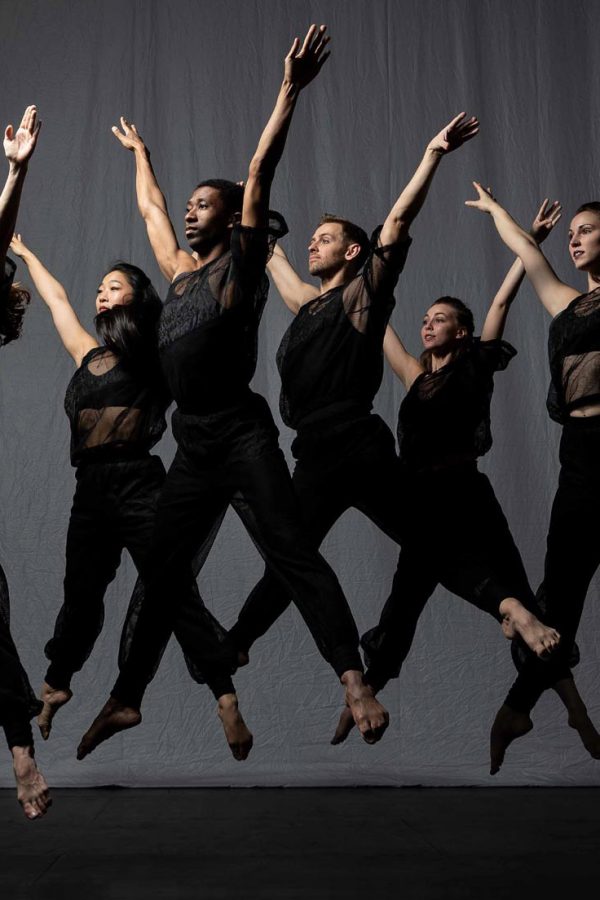
Choreographer Cyrus Khambatta writes of the work that "it [juxtaposes] the spinning and linear mechanisms of a clock and its interconnected parts, reflecting our struggle against the inexorable passage of time.” With soft side-lighting throughout and contrasts in staccato, angular gestures against loose, unconfined movement, I felt almost “stuck” in time as I watched.
While Khambatta’s piece engulfed us within time, Keerati Jinakunwiphat’s Good Island brought us to a very specific moment using music from the 2010s to guide a group of dancers through what she writes as “different degrees of rambunctiousness, sensitivity, competitiveness, and unity.” Jinakunwiphat told us at the start that she created the work in 2016, and it acted as a springboard for her choreographic journey. (She most recently has choreographed on Kyle Abraham’s A.I.M. and the New York City Ballet.)
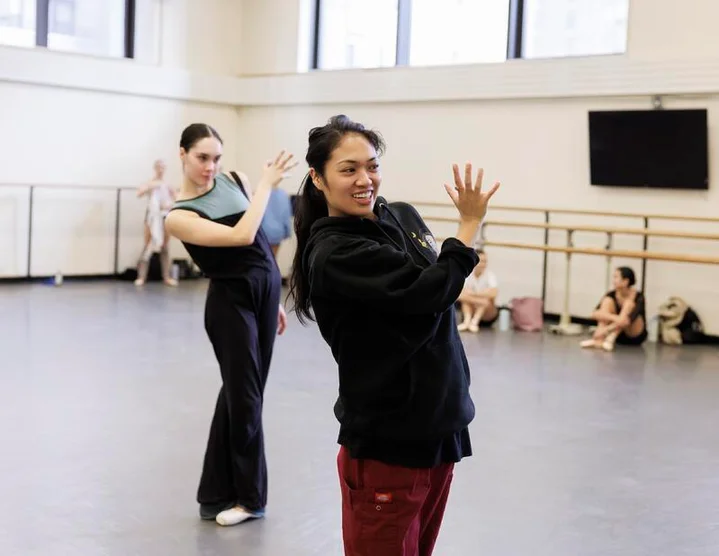
As a fellow millennial, knowing this work was created in 2016, I adored her bold choice to use music by Tune-Yards, the Cults, and a custom arrangement of Kanye West’s “I’m in It” brilliantly cut up and interrupted by Zach Berns. (In 2016, Kanye West was going through a major shift as an artist which caused him to lose many fans, myself included.) The volume and base of the music highlighted the “rambunctiousness” of the dancers, as they darted across stage in between each other, finding brief moments to partner. Jinakunwiphat’s movement vocabulary is full of varied textures, moving from dynamic and grand, to liquid-like.
Similarly to Jinkunphiwat, Jiemin Yang brings us to a specific time and place, centering his work Here We Root on the experiences of Chinese immigrants in Queens. Here We Root blends movement, speaking, and singing. We hear Chinese immigrants sharing their experiences of coming to the United States as dancers sweep across the stage to the calming cadence of each speaker. Being the grandchild of immigrants, to hear these stories spoken aloud in the context of a dance performance felt powerful. Certain hardships are embedded in our bodies whether we are aware of them or not.
Later on, a story of being verbally and physically attacked during the height of Covid-19 was spoken by two dancers on mic. At one point we hear, “Go back to your country!” Suddenly, the energy of the audience shifts. There were audible gasps. And, for me, a pit in the stomach.
Yet because Yang wove the segments of his piece together so seamlessly, by the time we reach this sensitive section there is space for the audience to be vulnerable with the dancers. As Here We Root ends, the dancers face us, coming as far downstage toward us as possible. We feel their energy and community.
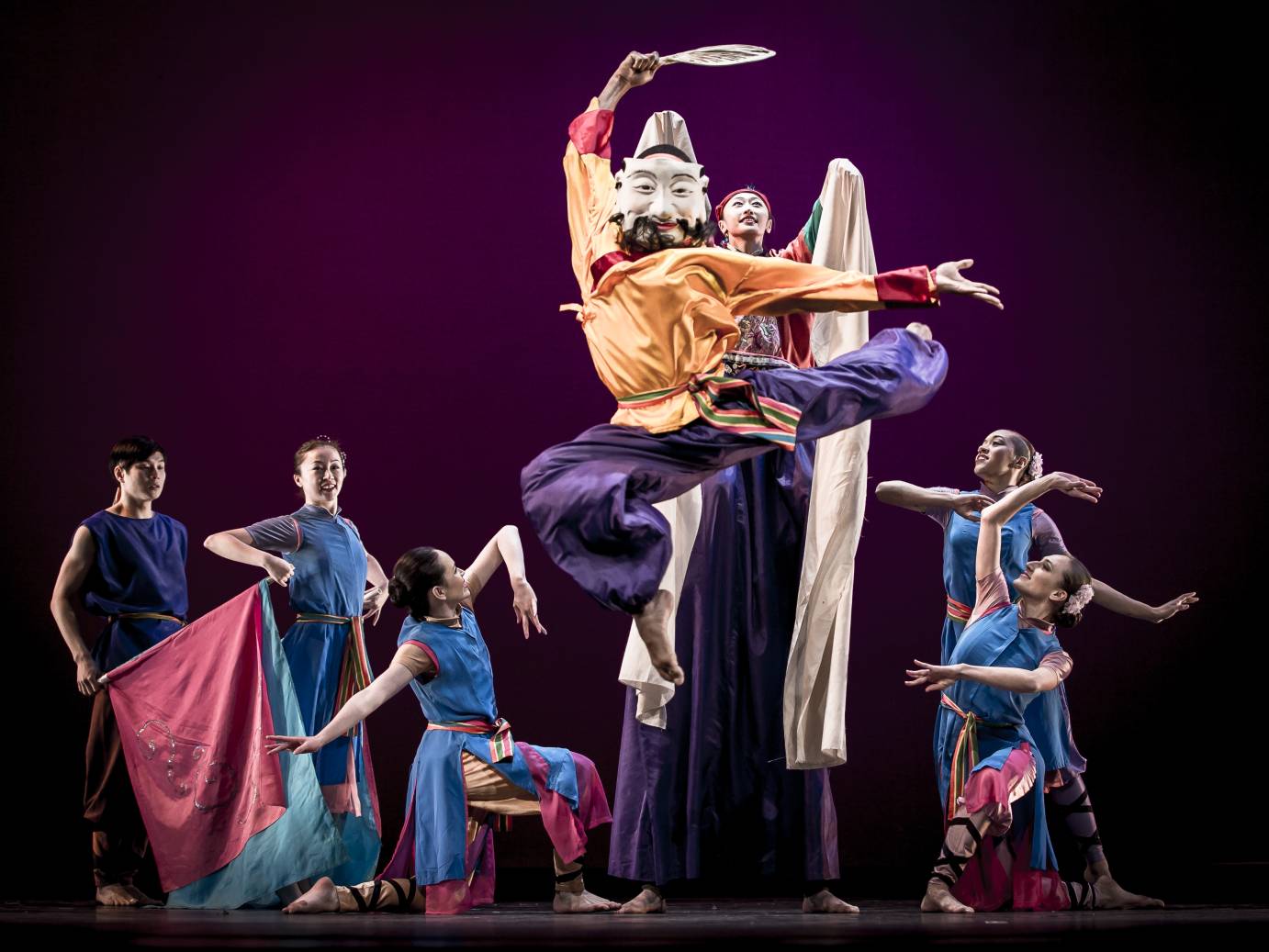
The afternoon finished out with a series of pieces by Nai-Ni Chen, who was a foundational community-builder of the Asian-American dance community in New York. Her standout closing piece, Festival, captured her signature melding of traditional Chinese dance with contemporary modern dance movement.
The perfect closing piece, this energetic dance incorporates fabrics, masks, ribbons, and colorful costumes. Dancers move easily between precise lines and shapes accentuated and extended by their props and lively music. Truly a celebration of community and vibrant culture, the performance encompassed not only the afternoon’s program, but also the entirety of the AAPI dance community.
I appreciated how this bill highlighted AAPI choreographers by showcasing a range of work that perfectly balanced the Asian-American experience. Showcasing celebratory dance which doesn’t center trauma is as impactful as producing choreography that speaks outright to our community’s hardships.









